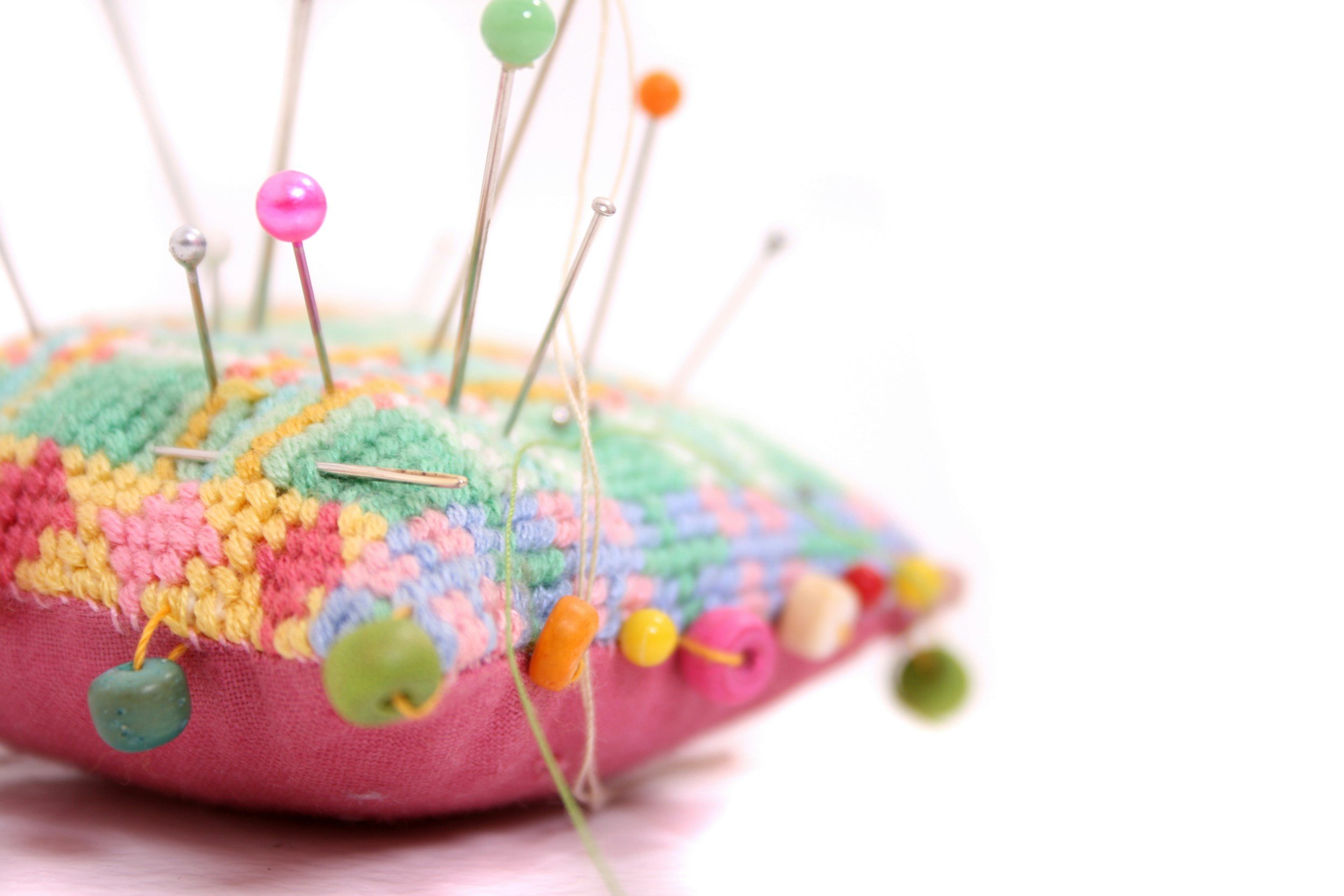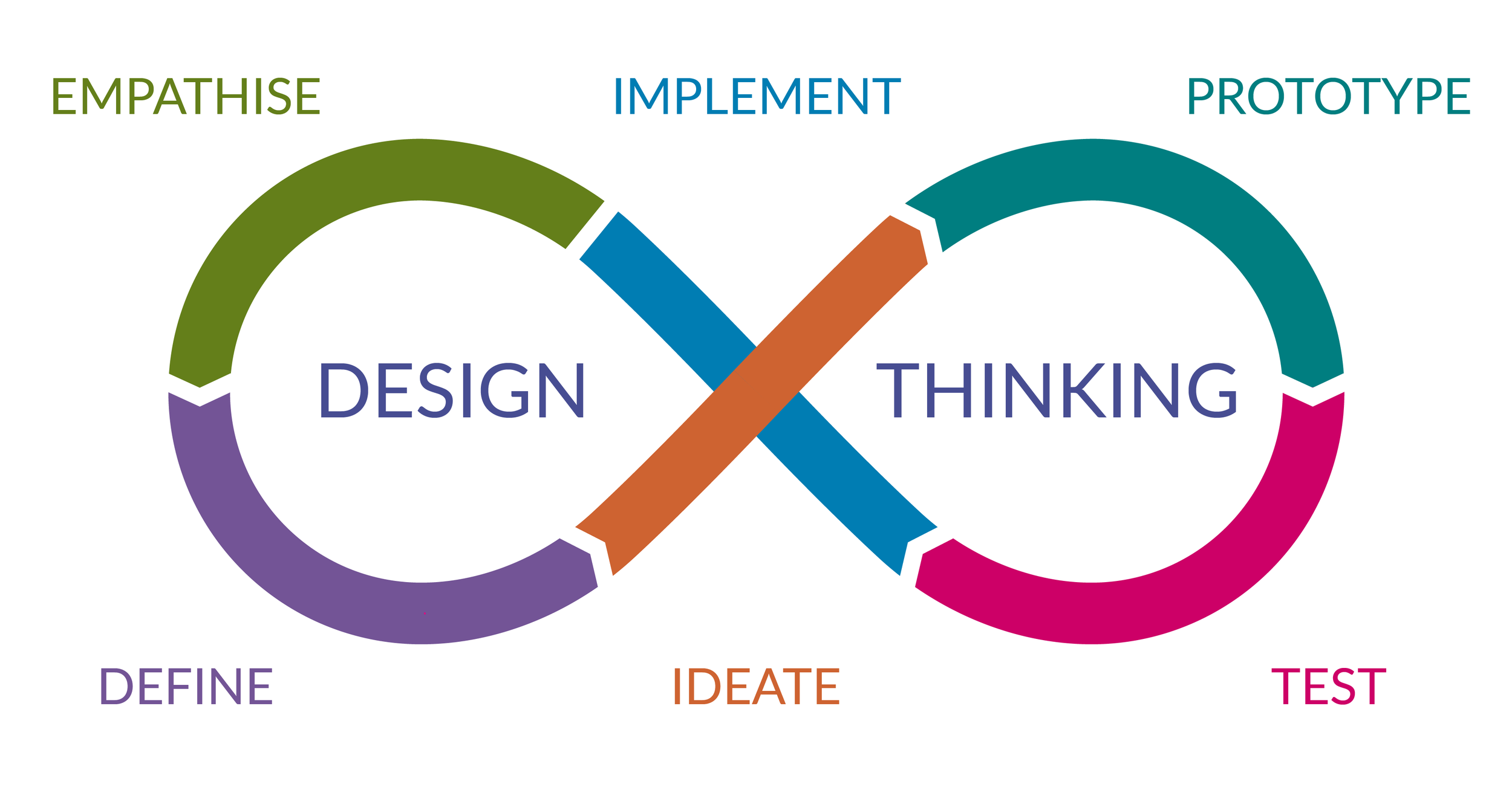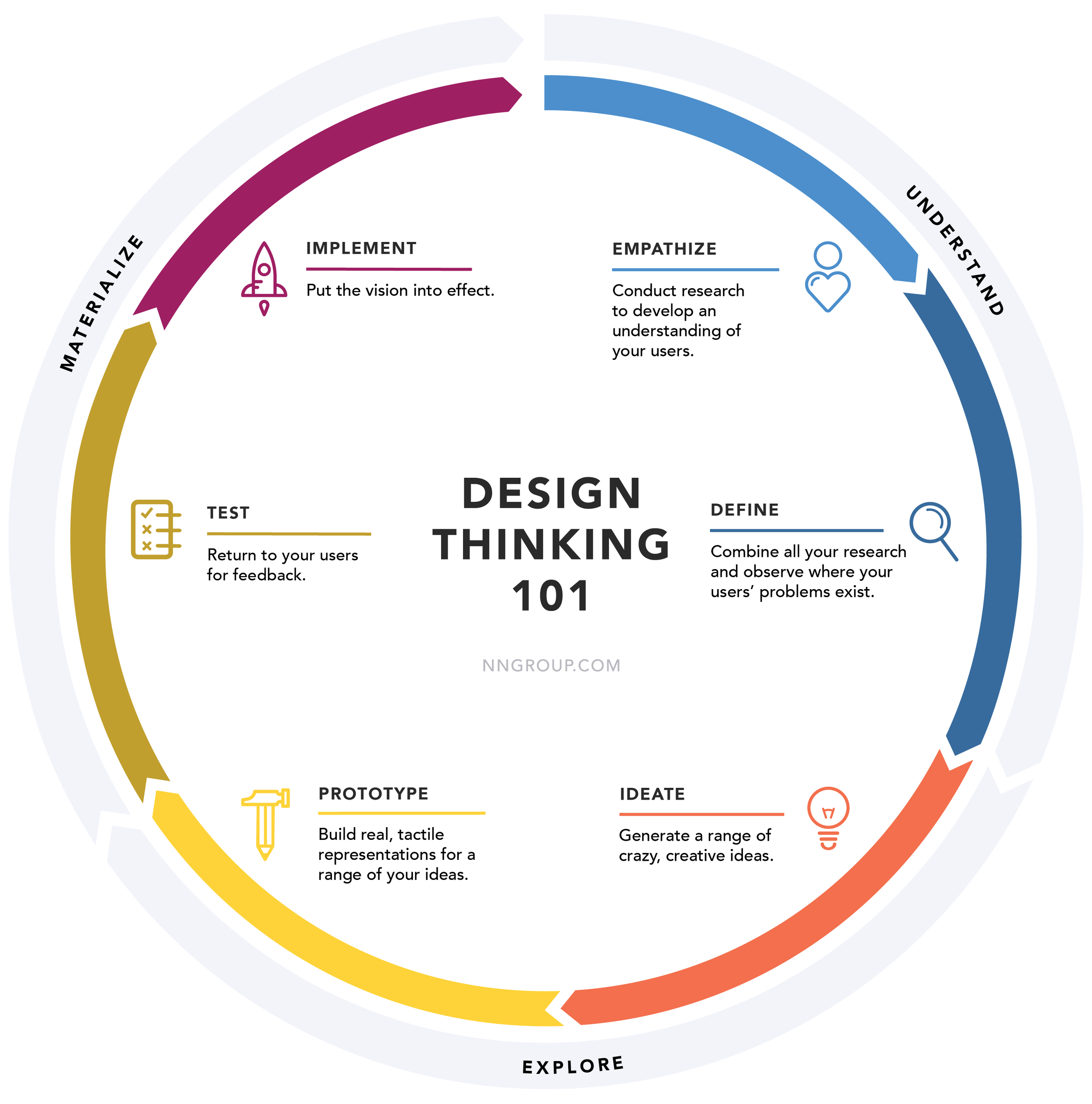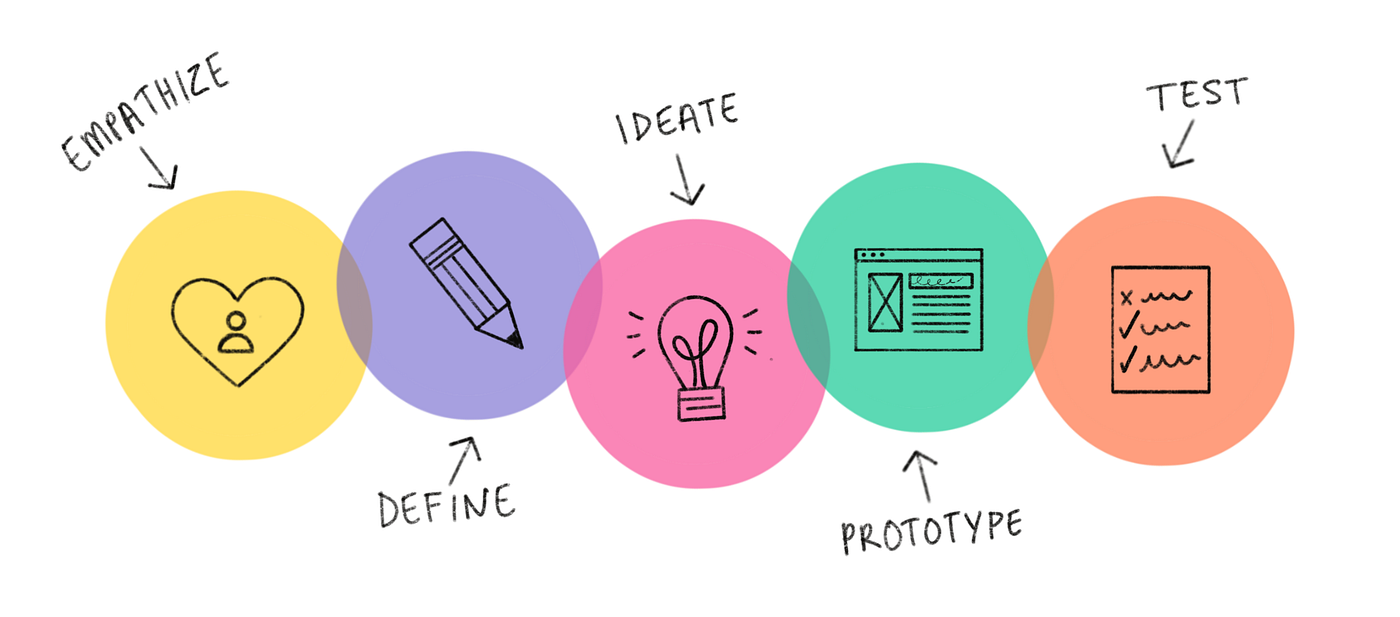
Design Thinking
What is the thinking process that designers (and students) use to create their projects and products?
So what is design thinking?
Definition:
Design thinking is a creative problem-solving process that focuses on understanding user needs and developing innovative solutions through empathy, experimentation, and iteration.
The design thinking process typically involves six key stages:
Empathize:
Understand the needs and experiences of the people you're designing for. In textiles, this could mean observing how people interact with clothing or fabrics in their daily lives.
Define:
Clearly state the problem or challenge you're trying to address based on your observations. For example, "How might we create more comfortable and durable uniforms for healthcare workers?"
Ideate:
Generate a wide range of creative ideas and potential solutions. This could involve brainstorming new fabric combinations, clothing designs, or textile techniques.
Prototype:
Create simple, low-cost versions of your ideas to test them out. In textiles, this might mean making quick mock-ups of garments or experimenting with different fabric treatments.
Test:
Try out your prototypes with real users and gather feedback. Use this information to refine and improve your designs.
Implement:
Put your vision into effect with your final product.
Key principles of design thinking in textiles:
Focus on user needs and experiences
Embrace creativity and experimentation
Learn from failures and iterate on designs
Collaborate with others and seek diverse perspectives
Consider sustainability and ethical practices in textile production

As we create, we want to move through each step of the process to help us innovate projects that are not only fun to make, but will serve their function in the world.
By applying design thinking in class, students can develop innovative solutions that address real-world challenges in fashion, textile production, and clothing design.
Design Thinking Success Criteria
Define and Empathize
I’ve identified a target audience for the project.
I can explain how this product meets my target audience’s needs, doing research if needed.
Plan
I came up with a creative idea(s) for my project proposal.
I planned materials and textile techniques that were creative and met the user’s needs.
I made a plan for my time so that each block was used efficiently.
I considered if my idea matches my skill level or requires skills I am able to learn.
Prototype and Test
I tested a prototype to try out different tools and materials.
I considered any changes or improvements I needed to make based on my prototype and/or feedback I received.
Make and Implement
I was able to successfully complete my final product.
I used the right tools and materials that matched my project and my skills.
What I planned for matches my final product. If there are changes, I can explain why.
I kept the shared space tidy by putting away my tools and materials properly.
Share and Reflect
I can reflect on my entire design thinking process, taking note of any changes I made and/or what I would do differently next time. This allows me to set goals for the future when necessary.
Evaluate
I can consider what impacts my design choices, such as my culture, place, resources, and tools that are available to me.
I can evaluate how designers’ choices might have personal, social, and/or environmental impacts.




